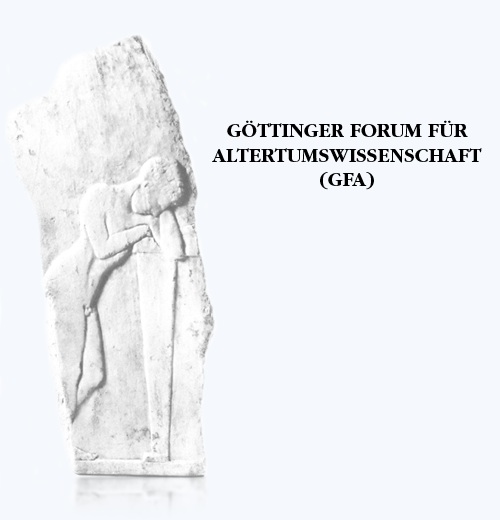The Hispania Epigraphica Online team at the University of Alcalá wants to address recent concerns about HEpOl in the academic community, especially between our partners.
On the project. The University of Alcalá is committed to preserving
the legacy of Professor Joaquín Gómez-Pantoja. Thus, the UAH and the
heirs of HEpOl are working to fulfill his wishes. HEpOl
is being transferred to the UAH, a process started by Joaquín himself.
We will revise its contents and update the database to reflect the
advances in the discipline.
On the domain. HEpOl is migrating to a server and domain of
the University of Alcalá, sponsored and supported by the UAH. This
process is currently underway. As a consequence, HEpOl will be
inaccessible for the next few weeks. We will announce in due time the
reaccessibility. We ask the scientific community for patience and
apologize for the inconvenience.
On references. The migration will preserve HEpOl numbers. So, previous references will still be accurate.
On the URLs. We will provide the new URLs to all the online projects with which HEpOl has collaborated when they become available.
On legality. Regarding the legal implications, the HEpOl project will follow the explicit directives of Prof. Gómez-Pantoja in his will and the wishes of the heirs.
Should you have any doubts on Hispania Epigraphica Online, please contact us at hepol@uah.es.
We thank you all in advance for your patience and support.
Best regards,
Cristina de la Escosura Balbás
Margarita Vallejo Girvés
Jordi Pérez González
Mariano Rodríguez Ceballos
Leyre Gómez-Pantoja









